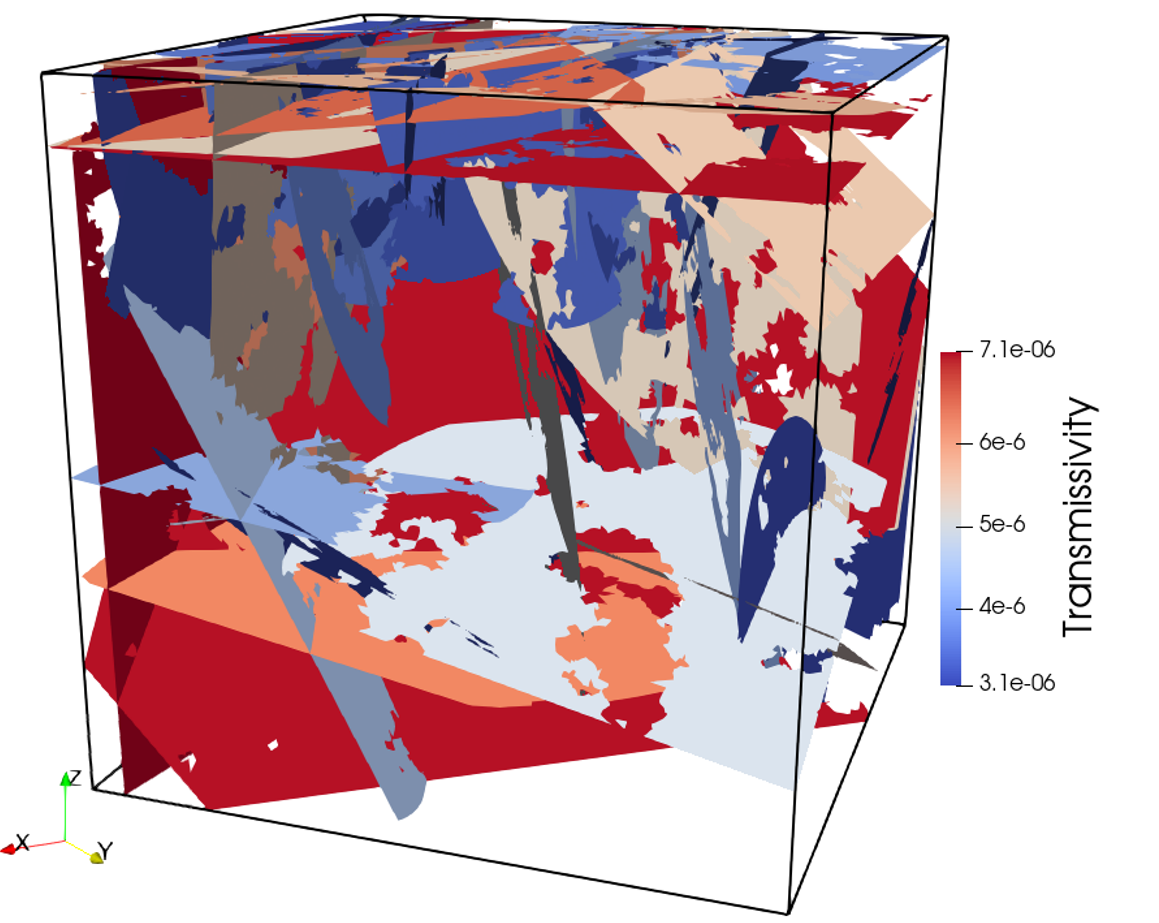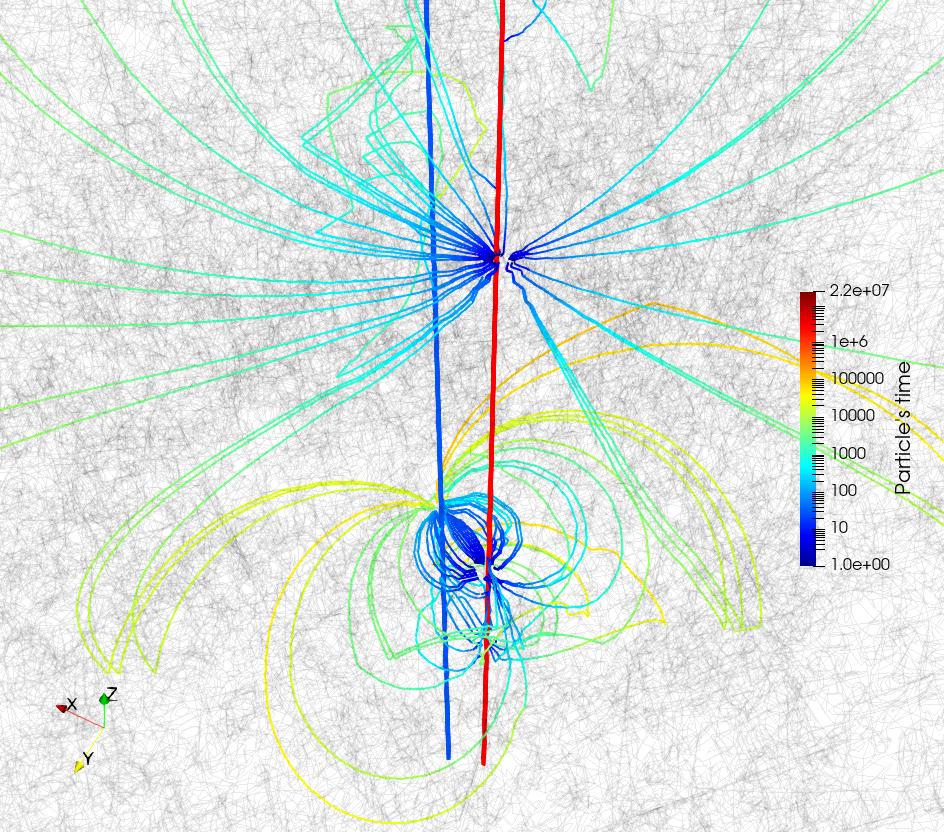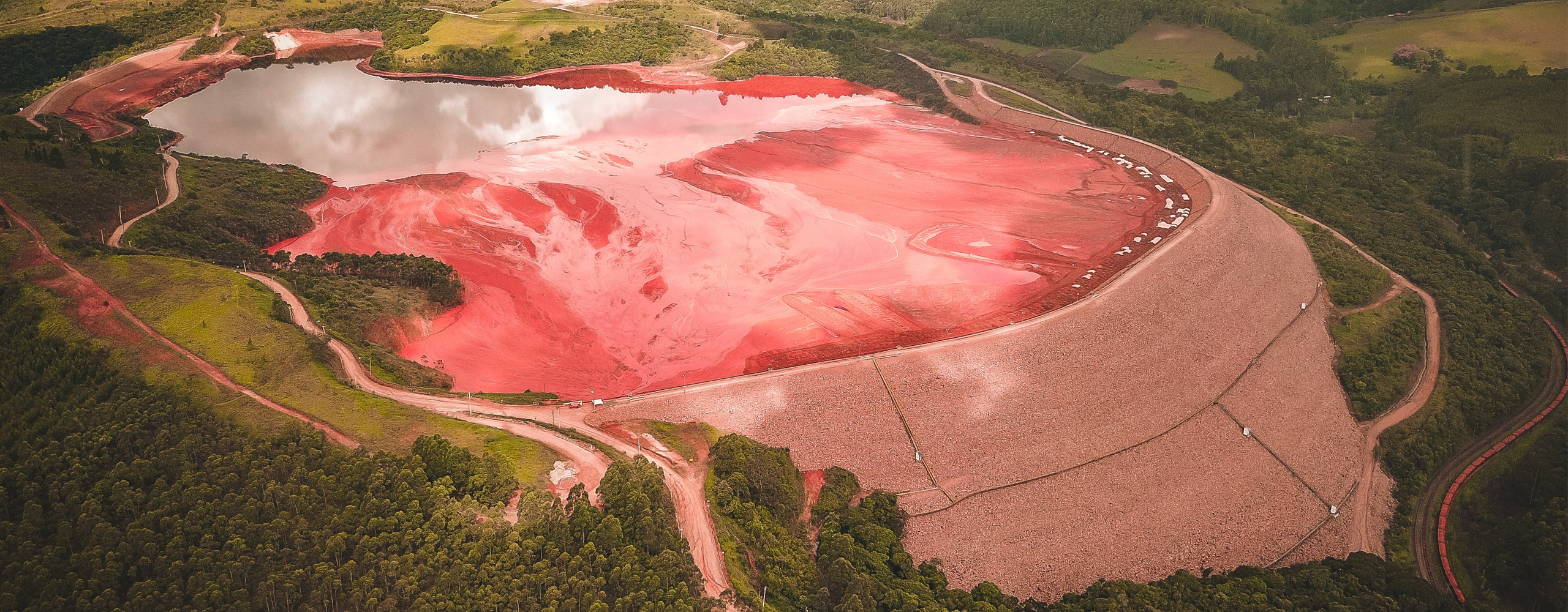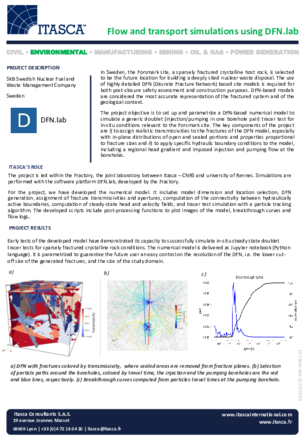Flow and transport simulations using DFN.lab
Project description
In Sweden, the Forsmark site, a sparsely fractured crystalline host rock, is selected to be the future location for building a deeply sited nuclear waste disposal. The use of highly detailed DFN (Discrete Fracture Network) based site models is required for both post-closure safety assessment and construction purposes. DFN-based models are considered the most accurate representation of the fractured system and of the geological context.
The project objective is to set up and parametrize a DFN-based numerical model to simulate a generic doublet (injection/pumping in one borehole pair) tracer test for in-situ conditions relevant to the Forsmark site. The key components of the project are i) to assign realistic transmissivities to the fractures of the DFN model, especially with in-plane distributions of open and sealed portions and properties proportional to fracture sizes and ii) to apply specific hydraulic boundary conditions to the model, including a regional head gradient and imposed injection and pumping flow at the boreholes.
Itasca's Role
The project is led within the Fractory, the joint laboratory between Itasca – CNRS and university of Rennes. Simulations are performed with the software platform DFN.lab, developed by the Fractory.
For the project, we have developed the numerical model. It includes model dimension and location selection, DFN generation, assignment of fracture transmissivities and apertures, computation of the connectivity between hydraulically active boundaries, computation of steady-state head and velocity fields, and tracer test simulation with a particle tracking algorithm. The developed scripts include post-processing functions to plot images of the model, breakthrough curves and flow logs.

Project Results
Early tests of the developed model have demonstrated its capacity to successfully simulate in-situ steady state doublet tracer tests for sparsely fractured crystalline rock conditions. The numerical model is delivered as Jupyter notebook (Python language). It is parametrized to guarantee the future user an easy control on the resolution of the DFN, i.e. the lower cut- off size of the generated fractures, and the size of the study domain.


